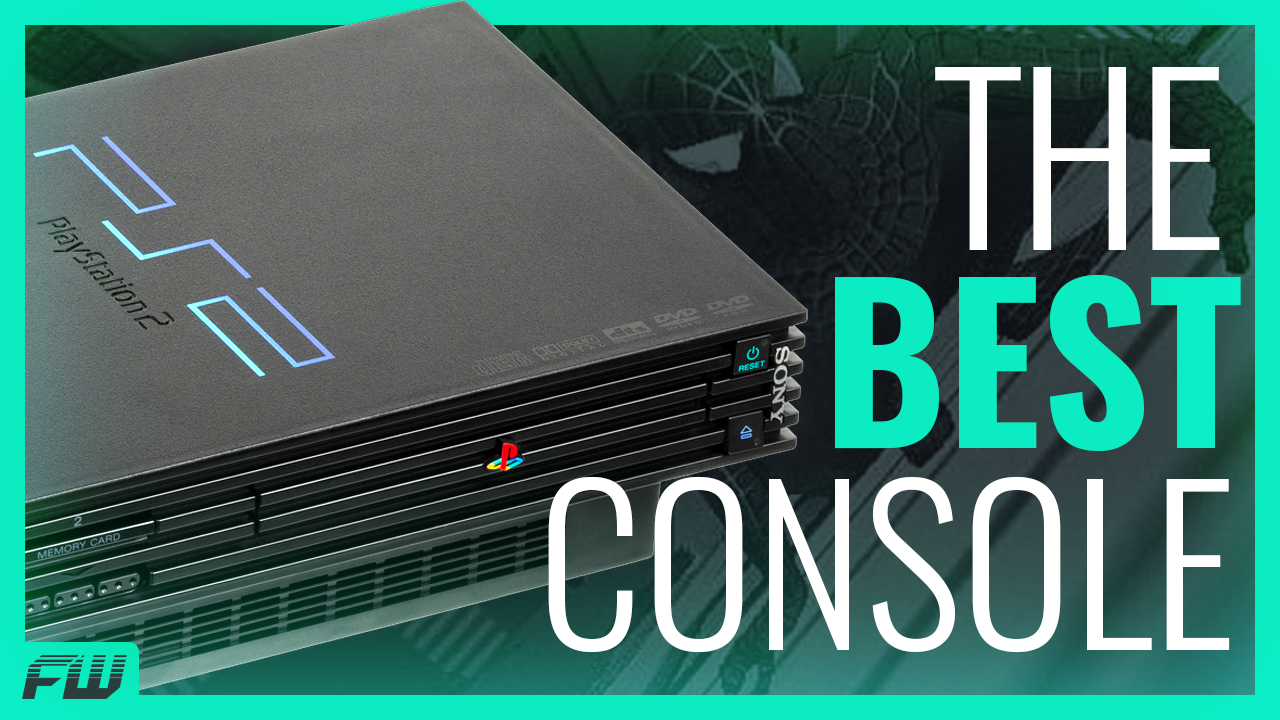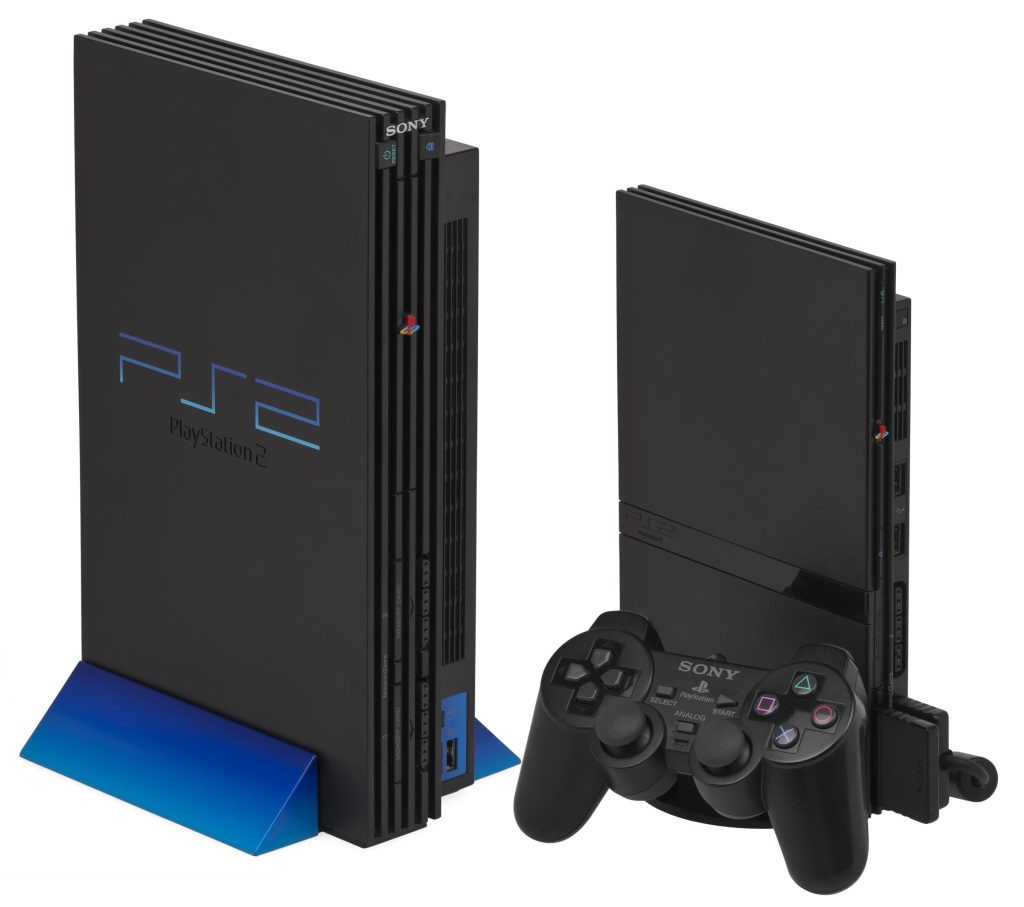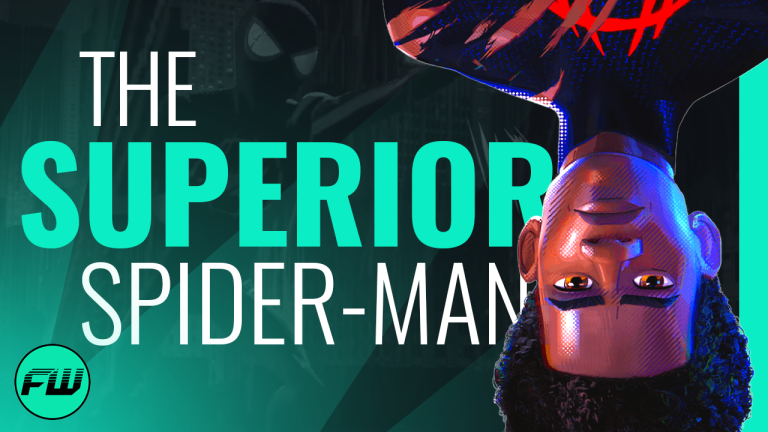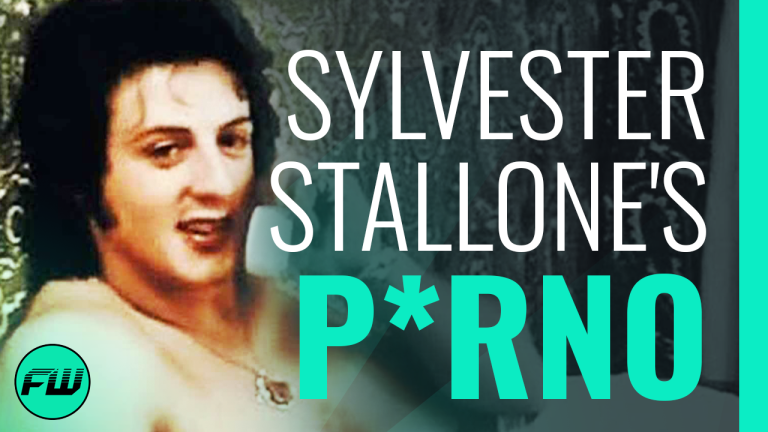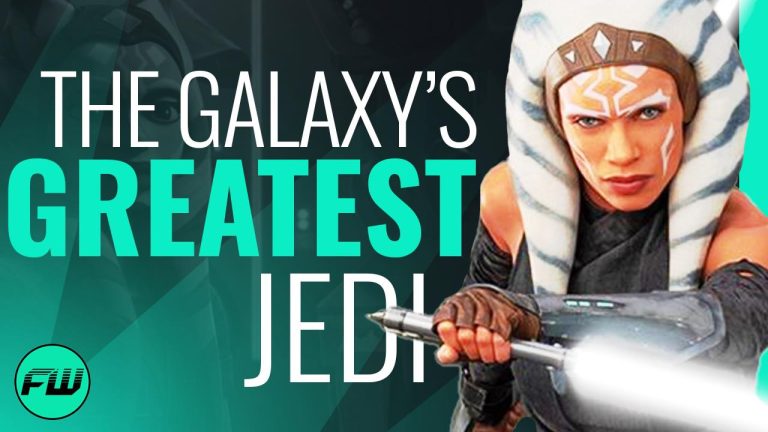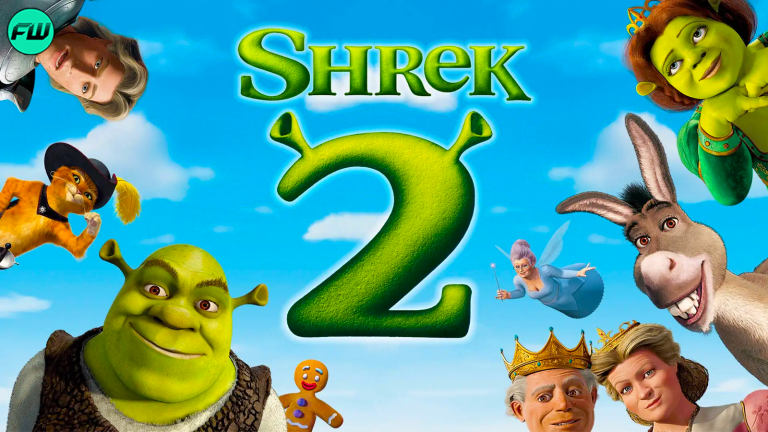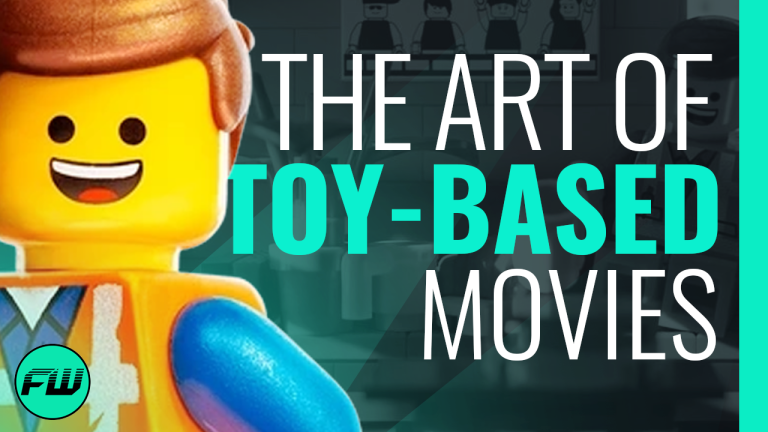In this FandomWire Video Essay, we explore why PlayStation 2 is the best console ever.
Check out the video below:
Subscribe & hit the Notification Bell so you never miss a video!
The PlayStation 2 Is Still The Best?
When the follow-up to the Sony PlayStation launched at the turn of the millennium, it was an immediate success and as the years rolled on, it only went from strength to strength. The PS2 went on to become the best-selling video game console of all time, selling 155 million units. A whopping 1.5 billion games were sold for the system during its enduring lifespan. This machine managed to remain in active development for an almost unprecedented total of thirteen years.
Looking back, the question is… why? What made this machine so special?
As is the case with any great piece of hardware, it’s only ever as good as the software made available for it. Even an absolute beast of a machine is only as great as the content developed for it. The PlayStation 2 is living proof of this as the console itself didn’t even boast the most powerful hardware of the era.
Both the Nintendo GameCube and the original Xbox were more powerful than the PlayStation 2 on paper, but ultimately that didn’t matter. It’s when you review the list of titles released for the console, that the reason for its long-term, sustained success becomes more apparent.
If you’re enjoying the content, be sure to give us a like, and don’t forget to subscribe and hit the notification bell so you never miss a video.
The PlayStation 2 was released in an era in which the mid-tier of the video game development industry was still very much in play. For those who may not remember that era, the mid-tier was a segment of the market between indie game development and high-budget triple-A releases.
Mid-tier developers like Midway, THQ, and Codemasters were able to thrive during this period due to the lower budget required to develop a game. Video games in the modern day are comparatively extortionate to develop and thus, game publishers are less likely to take a risk on a more experimental game idea. This tends to result in more generic, formulaic titles dominating the market, due to publishers wanting to invest in a “sure thing.”
The reason that so many gaming fans love and miss the mid-tier section of the market is due to the fact that it allowed creative developers to create unique, boundary-pushing experiences without having to worry about such a monumental risk factor if the said project didn’t work out. Unfortunately, publishers in the modern day are simply not willing to let their studios take those same risks.
Without the mid-tier being allowed to exist and thrive in that era, there are a number of cult classic games that we would never have gotten. Things like the brilliantly wacky Twin Caliber from Rage or the violent, stylized slasher Bloodrayne from Terminal Reality would never be released in the modern era. Titles like these are simply too niche for modern-day publishers to take a chance on.
Midway alone was responsible for putting out a plethora of phenomenal double-A experiences which cemented them as one of the greatest publishers of the era in the eyes of many gamers. Titles like The Suffering, Mortal Kombat: Shaolin Monks, Area 51, and Psi-Ops: The Mindgate Conspiracy are all great examples of interesting and unique titles which the publisher took a chance on, which went on to innovate within their genre and become fan favorites.
Acclaim Entertainment was another company similar to Midway, publishing back-to-back mid-tier titles with massive success in the same vein. Franchises like Crazy Taxi, Burnout, and Turok all got their start via Acclaim Entertainment. They were also responsible for publishing a massively underrated science fiction thriller title called Headhunter, which definitely deserves to be revisited in the form of a remake.
People often bask in amazement when the realization hits them that The Simpsons: Hit and Run was developed by a mid-tier company and it is understandable given the game’s iconic status. However, that beloved modern classic, along with titles like Scarface: The World Is Yours, Prototype, and The Incredible Hulk: Ultimate Destruction were all developed by Radical Entertainment; another mid-tier company who are sadly no longer around.
While some of the previously mentioned games are available on modern consoles in some form or another, there is nothing quite like digging out your old PlayStation 2 console and hooking it up with a SCART adaptor in order to re-experience the glory days of gaming, – even in 2023! One thing in particular which is almost impossible to recreate in the modern era without booting up a PlayStation 2 is that antiquated concept known in the modern era as couch co-op.
Modern-day multiplayer modes simply do not possess the same fun factor that was present in the early 2000s. Try as they might to recapture it, modern console manufacturers just cannot recreate the magic of sitting next to a friend while simultaneously beating the snot out of them in Mortal Kombat. Couch co-op is another aspect that is sadly absent from the modern gaming landscape and is a feature that is in dire need of a comeback.
Part of what made the PlayStation 2 so insanely popular at the time was its incredible value. It was cheaper at launch than not only the original Xbox, but also most DVD players available at the time. The reason that this is so significant is due to the fact that there was no such thing as a streaming service back in the early aughts, and DVD players were a highly desirable commodity at the time. Even if you weren’t interested in gaming, the PlayStation 2 was worth buying simply for the fact that it was one of the cheapest DVD players on the market.
In May of 2002, just two years after the console’s launch, Sony made the decision to cut the price of the console considerably. Instead of being sold at $299, it would now be sold at $199, making it the exact same price as the GameCube and 100 dollars cheaper than the Xbox.
Another major aspect that only added to the PlayStation 2’s value was the fact that it was backwards compatible, possessing the capability to play the vast majority of PlayStation 1 games. This meant that although the PlayStation 2’s launch lineup was fairly lackluster, as is often the case with any console’s launch lineup, there was still a plethora of fantastic games available to play on the machine, in the form of glorious previously released PS1 games.
Not only were the large majority of older games compatible with the console, an idea that seems somewhat unprecedented in the gaming industry until very recently, but antiquated peripherals could also be used with the PlayStation 2. This included controllers, meaning that right from the get-go, gamers who owned both the PlayStation 1 and the PlayStation 2, possessed two controllers that could be used for the PlayStation 2.
This in turn meant that players didn’t have to go out and buy another controller in order to experience couch co-op with a friend. Obviously, the friend would get handed the somewhat sub-par PS1 controller to play with, but still; the fact that co-op was an option straight out of the box was incredible.
Although as previously mentioned, the PS1 controller was a slight downgrade in comparison with the PlayStation 2’s, the differences were negligible, – especially if you had a PS1 remote with analog sticks. This made the transition from one controller to the other straightforward, with them essentially being able to be used interchangeably. It was a simpler time.
Something else which speaks to the fact that it was a simpler time, was the ability to essentially plug and play any peripheral or game purchased for the console. No day-one patches, driver updates, or content downloads were required. One was simply able to go to the store, purchase a copy of a game, take it home, put it into their machine, and immediately dive in without having to sit around and wait for half an hour in order to experience the game.
This plug-and-play attitude didn’t only apply to games either. Gamers also possessed the ability to remove their memory cards and carry around their saved data in a physical form. The mold for the PS2 game box even contained a plastic bracket above the space for the disc, which players could place their memory card into, encouraging the transportation of saved data.
This meant that you could save a game halfway through a mission, switch off your console, leave your house with the memory card, travel to a friend’s house, put the memory card into the slot on their friend’s console, and pick up that mission right from where you left off. This meant that sharing the experience of a specific game with a friend was a much more straightforward process.
While on the topic of memory cards, another neat feature built into them was the way that saved data was displayed on screen. Within the PlayStation 2’s start-up menu, players could access their memory card data in order to delete and manage individual saves. The saved data for each game would be represented visually by a small animated icon. These were always fun to check out and some were particularly detailed, waving goodbye as you delete them, et cetera.
The console’s bootup UI in general was aesthetically pleasing in its own simple way. When the machine was first switched on, a birds-eye view of grey blocks could be seen, before the camera whizzed towards them. Each of these blocks represented a piece of saved data; so if the player has lots of saved game data, there would be a ton of blocks, and if there wasn’t much saved on the memory card, then the blocks would be more sparse.
Alongside the visual element of the UI, the console sounds are also extremely nostalgic. Upon hearing those whooshing, ambient sounds, one is immediately transported back two decades to an era where game file sizes were small and they actually shipped in a completed state, – at least for the most part.
The PlayStation 2 is notable for pioneering several aspects of gaming which we think of as second nature in the modern day. It was one of the first ever consoles to be sold with built-in 1080p capability, although one would have to jump through a number of hoops to achieve that. It was also one of the first home consoles to sport online play. Again, getting online on that machine was not the most straightforward process imaginable, but the fact that it was even a possibility is extremely impressive and it laid the groundwork for every console that would follow.
In a sense, the PS2 could also be considered as being responsible for helping to pioneer VR technology. While proper virtual reality was nothing more than a science fiction pipe dream in the early 2000s, Sony did launch a peripheral which allowed players to put themselves into the game in a way that was pretty revolutionary for the time.
The EyeToy was released in 2003 and introduced a new level of interactivity that was previously impossible. For the uninitiated, the modern equivalent of the EyeToy would be the PlayStation camera, with the only real difference being a few technical enhancements and the fact that the EyeToy specifically had software designed to be used in tandem with it, such as EyeToy: Play. EyeToy: Play was to the EyeToy what Wii Sports was to the Nintendo Wii.
All things considered, the PlayStation 2 was a fantastic console and when combined with how strong that era of gaming was in terms of game releases, it is very easy to see why many consider it to be the greatest gaming console of all time.
Do you agree that the PlayStation 2 is the greatest console ever released? Did you own a PlayStation 2? Let us know in the comments. Be sure to like and subscribe to the channel for more nostalgic deep dives just like this one.
Follow us for more entertainment coverage on Facebook, Twitter, Instagram, and YouTube.
Note: If you purchase an independent product featured on our site(s), we may earn a small commission from the retailer. Thank you for your support.

